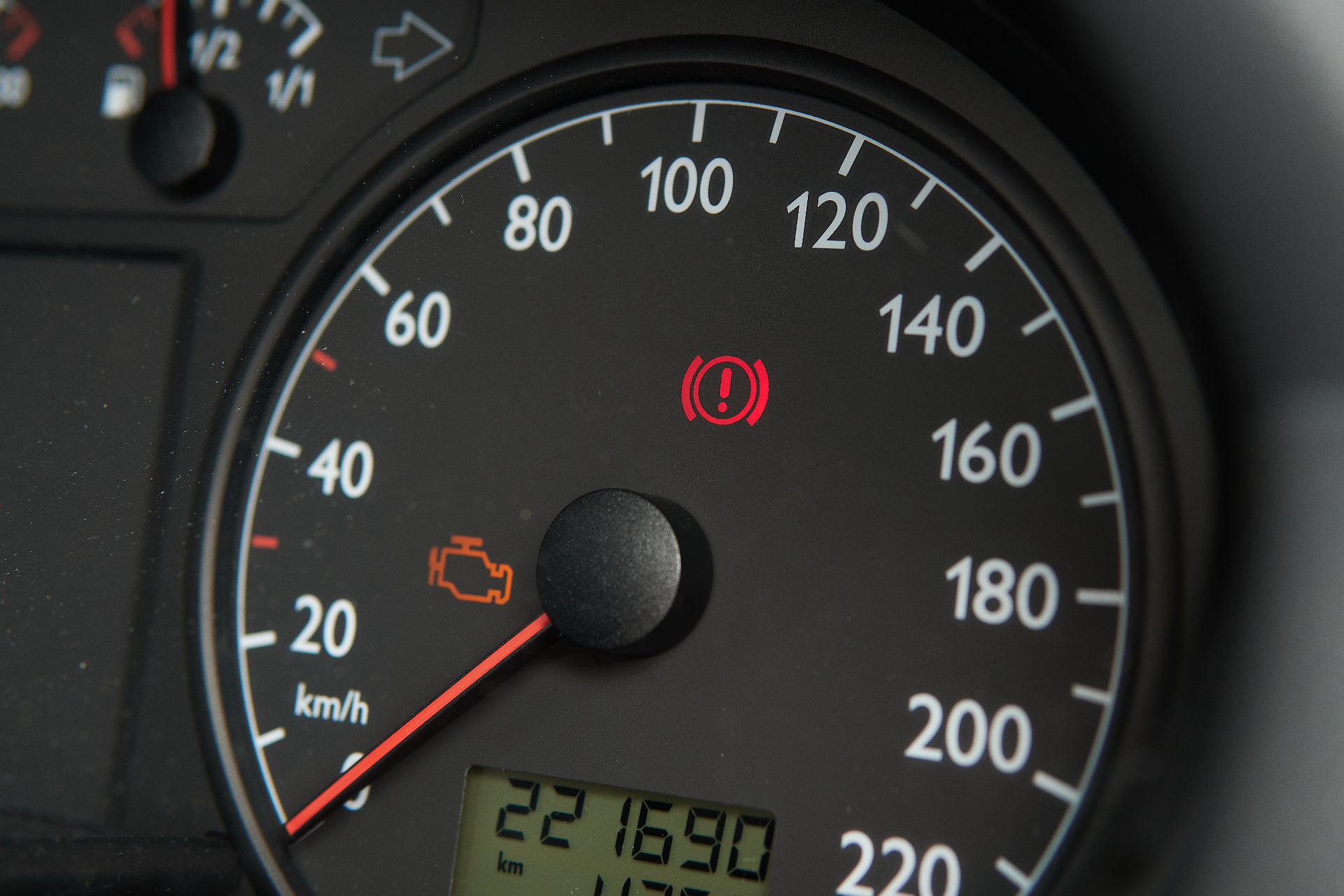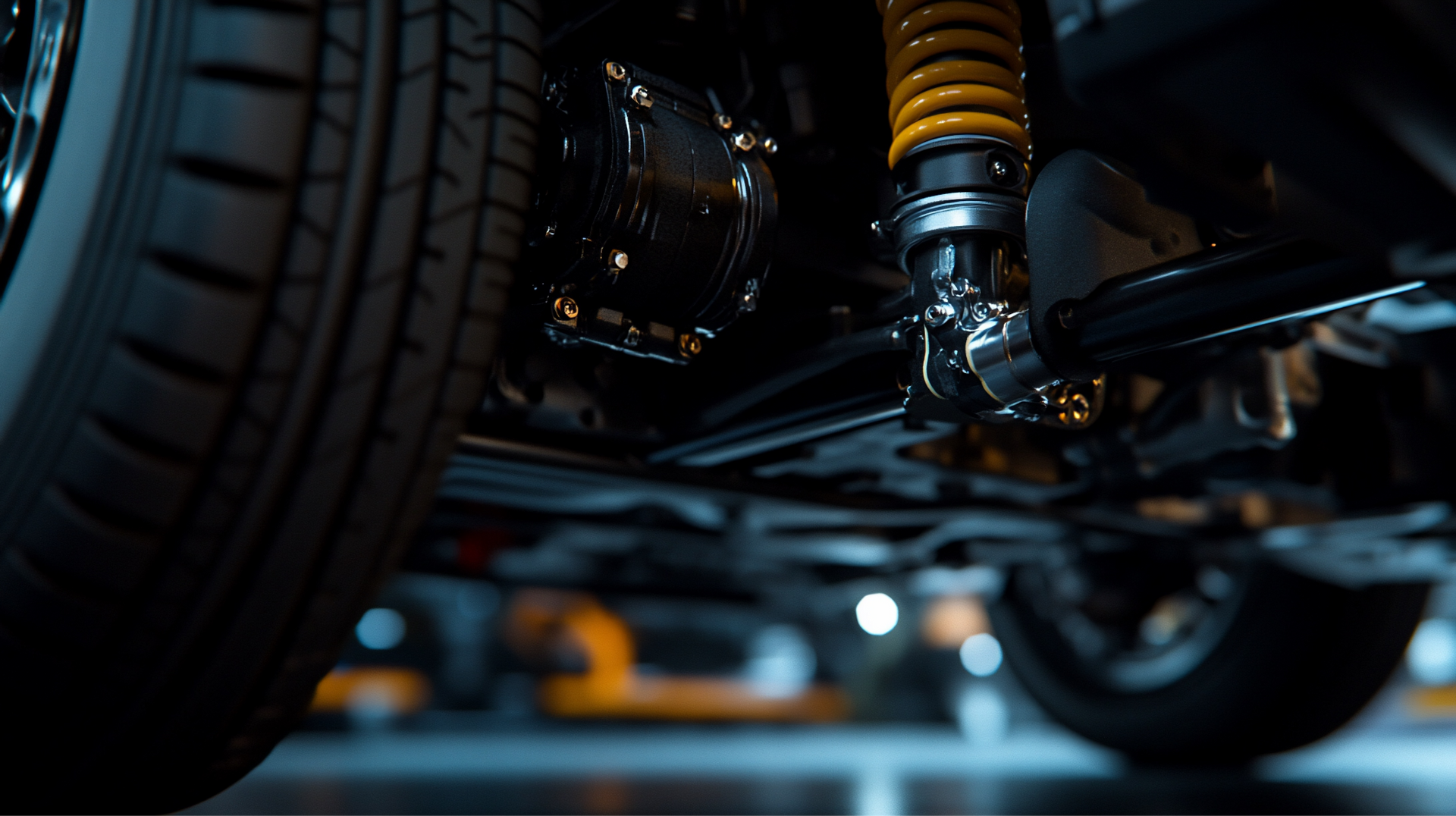Mechanics Corner
Discover expert auto diagnostics at Lancer Service in ST. PAUL, MN. Elevate your vehicle's performance. Visit us today and experience unparalleled service!
Discover expert EV service at Lancer Service in ST. PAUL, MN. Trust us for reliable, professional vehicle care. Visit us today!
Discover expert auto diagnostics with Lancer Service in ST. PAUL, MN. Enhance your vehicle's performance with our professional insights. Schedule an appointment now!











